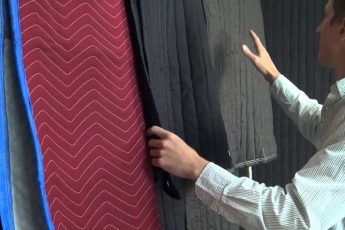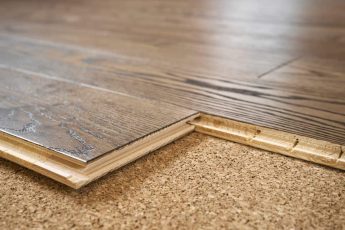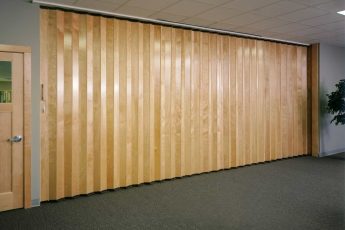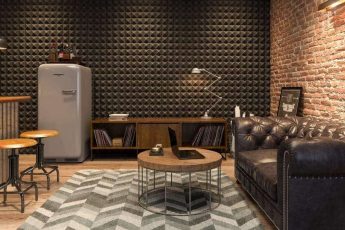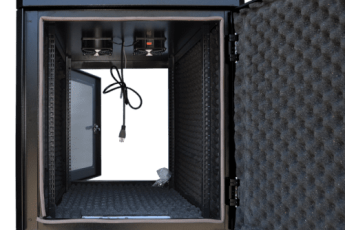If you are considering soundproofing your basement ceiling, there are a few options available. For starters, you can use Acoustic wood or fabric panels, which absorb sound waves. Another option is Fiberglass insulation, which acts as a solid sound barrier. This method is more expensive and messy, but it is an excellent choice for basements that are susceptible to noise.
Acoustic wood or fabric panels absorb noise
If you’re looking for a soundproofing solution for your basement ceiling, there are several different options available. Acoustic wood or fabric panels absorb noise and are installed either on the ceiling or walls. These panels have the added benefit of being aesthetically pleasing while at the same time absorbing unwanted sound waves. They are also available in many different colors and prints. They can be customized to match the decor or be used to display artwork.
While it may seem intimidating to work on your basement ceiling, it’s actually easier than soundproofing any other part of the house. The basement ceiling isn’t attached to other parts of the house, making it easier to soundproof. Depending on the level of soundproofing you want to achieve, you can design a solution that works for you and your budget.
Acoustic wood or fabric panels are one of the most popular and economical ways to soundproof a basement ceiling. They are great for a home office, music studio, or male sanctuaries. They will absorb sound waves from loud music, footsteps, and other sounds.
Acoustic tiles absorb sound waves
Acoustic tiles are a great option for soundproofing your basement ceiling. They are typically softer than regular ceiling tiles and contain a fibrous material that absorbs sound waves. You can easily install them in your basement ceiling by gluing or stapling them to the wood furring. You can also purchase tiles that look like regular drop ceiling tiles, but are specially designed to absorb sound waves.
Another option is to cover the basement ceiling with acoustic sealant or drywall. This will make the area more dense and absorb sound waves. However, this option can be tricky to install and requires the use of protective gear. You may also experience skin itchiness and irritation while installing the acoustic ceiling tiles. A third option is to use soundproofing mounting clips.
If you want to avoid the acoustic problem, you can also choose to install decorative acoustic panels on the ceiling. These panels are a good choice for soundproofing, as they can reduce noise by up to 70%. They are available in a variety of materials, including fiberglass and acoustic foam. Mass-loaded vinyl sheets are also a great option for soundproofing. These thick sheets are very effective in absorbing airborne noise and impact noise.
Fiberglass insulation acts as a solid sound barrier
If you’re planning to enclose your basement ceiling, then installing fiberglass insulation will help reduce noise levels by providing a sound barrier. You can buy fiberglass insulation as batts or rolls, which are precut to fit your walls. These materials are inexpensive and easy to install. You can get them from a building supply store or manufacturer.
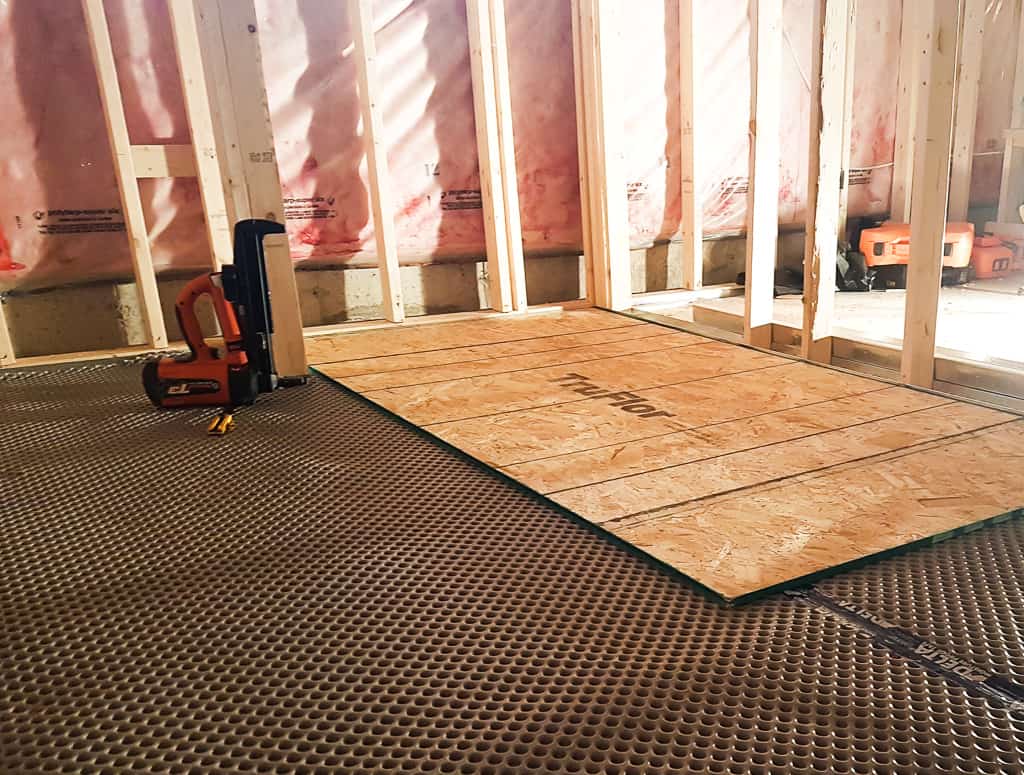
The main reason why fiberglass insulation is effective at blocking noise is that it can touch the walls without coupling with them. This makes the ceiling solid and will prevent sound from leaking in. Fiberglass insulation also has the advantage of being very durable. It’s also fire-rated.
Fiberglass insulation is one of the best options for basement ceiling soundproofing. Its unique properties can significantly reduce airborne noise in basements, which makes it ideal for basements with high noise levels. Fiberglass insulation also has high energy absorption, so it can dampen the sound and vibrations.
Fiberglass insulation is available in various sizes and thicknesses. Typically, it is available as individual rolls. One roll is 23 inches long by 25 feet long and nine inches thick. It provides a solid sound barrier in basement ceilings and can be easily cut to fit the space.
Resilient channels reduce noise
When soundproofing your basement ceiling, one of the most effective ways to reduce noise is to use resilient channels. These are typically suspended channels that absorb sound energy before it enters the ceiling. Another way to reduce noise is to use soundproof paint, which is typically a thick substance that reflects mid-frequency sound back toward its source.
You can use two different types of resilient channels, such as hat channels and sound clips. Both types of channels are effective in reducing noise. When soundproofing a basement ceiling, be sure to follow the manufacturer’s instructions and apply them in the appropriate places.
The most common cause of Resilient Channel failure is improper installation. These channels are typically installed by the same crew that hangs the drywall. The intention behind this approach is to cut costs and shorten the project timeline. However, this approach can cause the product to perform poorly, reducing its effectiveness.
Another option for soundproofing your basement ceiling is to use a layer of drywall. Drywall is a cheap and widely available material that will reduce noise. Alternatively, you can use an acoustic sealant. This type of sealant works well to increase the STC rating up to 49.
Mass loaded vinyl acts as a solid sound barrier
Mass loaded vinyl is a great option for basement ceilings, as it offers solid soundproofing. Mass loaded vinyl is a lightweight material that has an excellent mass to thickness ratio. It can be installed over drywall and will not compromise the integrity of the ceiling.
The vinyl is composed of mass-loaded elements such as barium sulfate and calcium silicate. They are non-toxic and easy to apply. Mass loaded vinyl is also flexible and can be installed above ceiling boards. In addition to the mass loaded component, Mass-loaded vinyl is eco-friendly and made with recycled PVC.

Another great solution to basement noise is to replace the carpet in the room. It can be a double-duty project – replacing the carpet with a more luxurious carpet will absorb noises from the basement, while replacing the carpet will also serve as soundproofing. Another option is to add a thick underlay material, which adds soundproofing to the floor. Mass-loaded vinyl is a good choice for basement ceilings, as it does not interfere with existing ceilings. However, you must take note of any electrical wiring, sensors, or plumbing before you install this soundproofing material.
Mass Loaded Vinyl is a sound-proofing material that is also flexible. This material can be installed in many locations, including basement ceilings, as well as partition walls in offices and schools. MLV is also an excellent option for mechanical rooms, computer servers, and other spaces. Manufacturers of MLV are becoming increasingly creative in their use of this material.
Acoustic wood or fabric panels
If you’re interested in soundproofing your basement ceiling, you might be thinking about using acoustic wood or fabric panels. However, you should know that the type of fabric you choose will have a significant impact on the overall soundproofing performance of the room. The fabric used should be breathable and should allow for little resistance to air.
Acoustic wood or fabric panels are made from compressed foam or mineral wool. They help to reduce general noise, clarify speech, and limit reverberation in walls and ceilings. They clean out a room of unwanted noises, which can ruin your experience of dining or watching a movie.
Another great option for soundproofing a basement ceiling is acoustic foam tiles. They can be installed over existing drywall, making the basement acoustically pleasing. Fabric panels and acoustic foam tiles can also be used to create the same effect.
Acoustic fabric panels can also be used as acoustic barriers for walls and ceilings. Acoustic fabric panels have many benefits including improving visual appeal and serving as accent walls for your home. These panels are flexible and can be a great part of your home’s interior design.
Shag rugs
Shag rugs soundproof basement ceilings by adding a lot of volume. These thick and fluffy rugs help absorb sound waves, and they’re one of the least invasive ways to soundproof a basement. They’re especially effective at blocking gaps in the ceiling, so they are a good option for smaller areas.
Aside from using Shag rugs as a carpet, you can also consider installing acoustic foam panels to the basement ceiling. These panels can be secured to the ceiling with hooks or glued down. They’re relatively inexpensive and can be paired with drywall for a complete soundproofing solution. They’re also easy to attach to the walls, and they don’t require any professional installation.
Shag rugs can be purchased in various colors and sizes. They’re usually three inches thick and made from high-density acrylic pile. They also last longer than pvc-made options. However, these rugs shouldn’t be placed on hard floors, as these tend to reflect sound. Also, the largest rug should be placed in an open area of the room to minimize noise.

In addition to blocking noise coming from below, these rugs also tie the room together. They can also provide a soft place for your feet to rest. They’re not ideal for rooms with hardwood floors, but they can serve as a stylish and affordable alternative.

